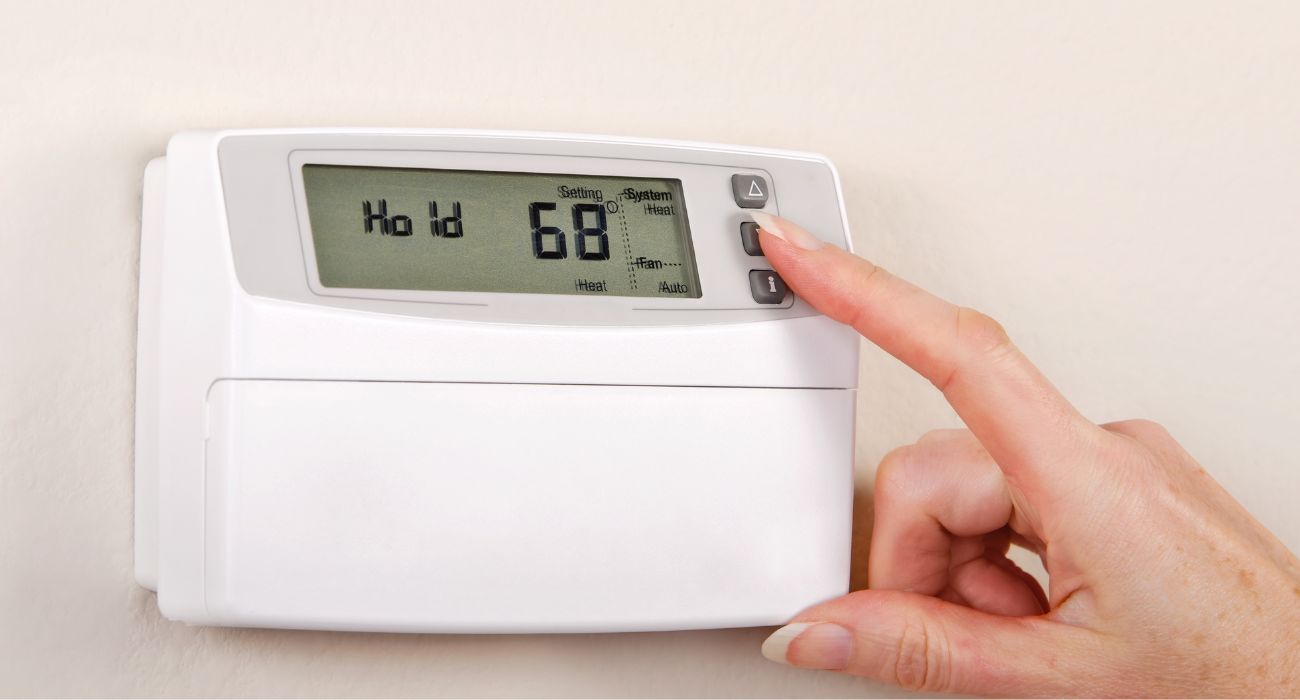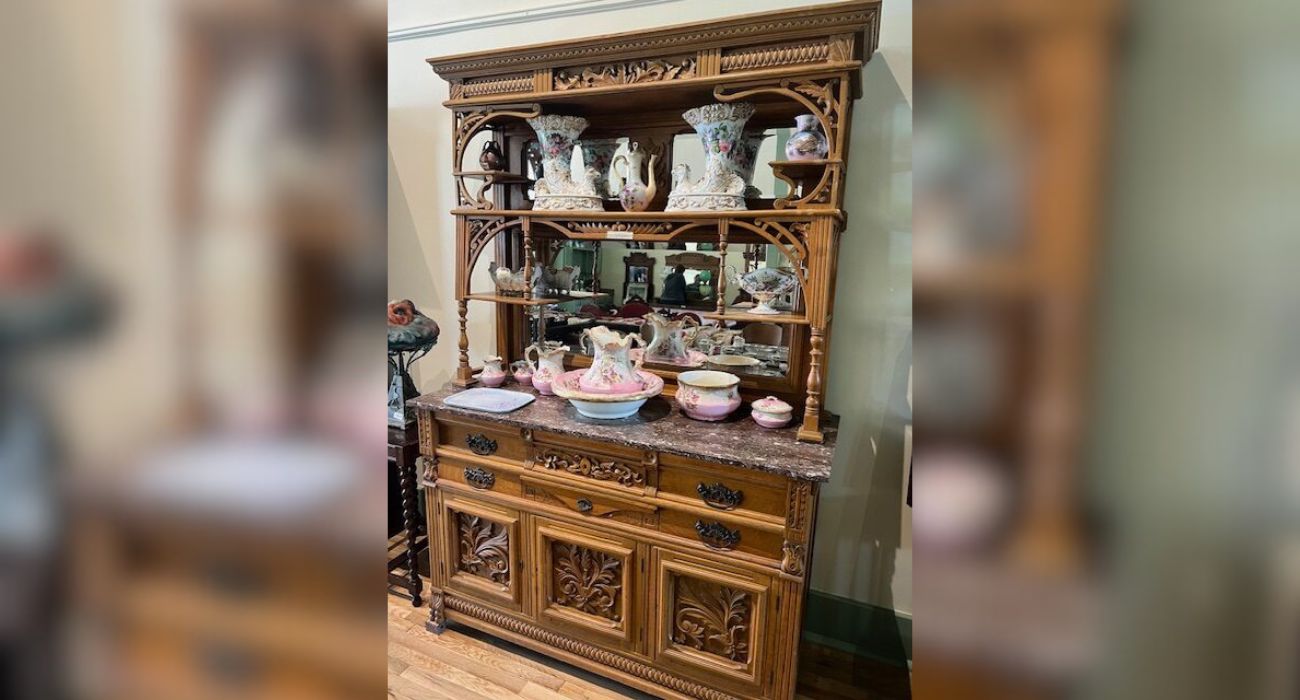Summer is in full swing, and the temptation to turn up your AC may be all too enticing. But it appears that may not be the best way to beat the heat while avoiding breaking the bank or your air conditioner.
Temperatures have already risen to “oppressive” levels, and the National Weather Service in Fort Worth is predicting the return of triple-digit temperatures and heat indices in the 110s this week, as previously reported by The Dallas Express.
ERCOT has already issued one voluntary conservation notice this summer due to the relentless heat wave.
However, experts concur that setting one’s thermostat to a low temperature does not necessarily result in faster cooling. In addition, turning a thermostat down too low places a strain on not only the air conditioner but also the power grid.
“People think, ‘If I make the thermostat set point 60, I’ll get more cooling than a set point at 70,’ but that’s not correct,” explained Shichao Liu, an architectural engineering professor at Worcester Polytechnic Institute, according to The Washington Post. “You get the same amount of the cooling.”
“Avoid setting your thermostat at a colder setting than normal when you turn on your air conditioner. It will not cool your home any faster and could result in excessive cooling and, therefore, unnecessary expense,” advised the U.S. Department of Energy (DOE) on its website.
Experts suggest that instead of turning the thermostat down, it would be beneficial to instead turn it up higher than you might think.
In 2014, researchers from the University of Georgia published a study revealing that people can be comfortable in temperatures between about 71 to 77 degrees Fahrenheit. Thomas Lawrence, a study co-author, told The Washington Post that these temperatures can be comfortable during this time of year.
“If a person was in their house and they’re going to be there all the time, they could maybe turn up to 76 or 77 or so. Most people will be fine with that,” said Lawrence.
Experts also suggest turning a thermostat up five to 10 degrees whenever you’re out of the house and setting it to the limit of comfort when you’re home.
The DOE concurs with this notion, noting that adjusting the thermostat to slightly above normal temperature also allows a user to save on electricity expenditure.
“The smaller the difference between the indoor and outdoor temperatures, the lower your overall cooling bill will be,” said the department on its website.
The department offers a number of tips on how to save energy in the summer months. These include efficient thermostat use, use of fans, consideration of new lighting appliances, and reducing water heating in one’s home.






